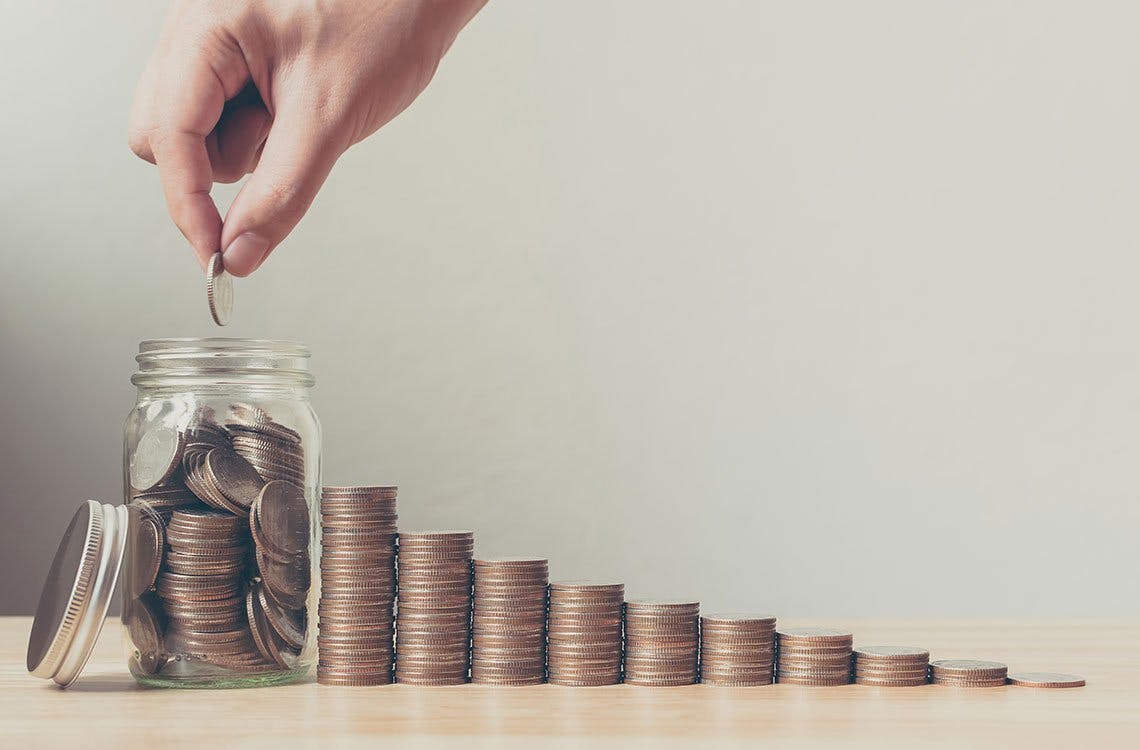
Cash is… Cost-Efficient
What is the cost of cashless? Aside from the metaphorical costs of social exclusion and isolating the vulnerable, it’s not entirely clear what the financial cost of cashless is. And that’s a problem.
Due to a lack of reliable data, it’s unclear just how much it costs to operate a cashless payment service. While there are costs to consumers using cashless payment methods, from interest rates to cost of cash withdrawals, the price can vary from provider to provider. In the case where cards are free to use, there are costs to banks, retailers and merchants for accepting card payments.
These costs, which are privatised, therefore lack transparency, are likely reinvested into the substantial cost incurred in developing and setting up countless technologies and systems that guarantee security for virtual payments.
However, one cost of cashless that we are aware of is the cost of financial fraud and cybercrime. In 2015, in its Special Eurobarometer on cybersecurity, the EU noted: “Whilst the value of the cybercriminal economy as a whole is not precisely known, the losses are thought to represent billions of euros per year.” In 2019, globally, $16.9 billion was lost to digital identity fraud.
The cost of cash, however, is transparent. As cash is a national responsibility, governments publish data. In fact, cash is so cost-efficient, it continues to be popular in countries around the world, even those in continents where cashless payment methods are on the rise. In Germany, 88% of people confirm they want to keep cash an option.
With speculation surrounding the future of cash and cashless societies growing amidst the coronavirus pandemic, questions surrounding the motivation of those pushing for a cashless future begs the question once more, what is the cost of cashless?
